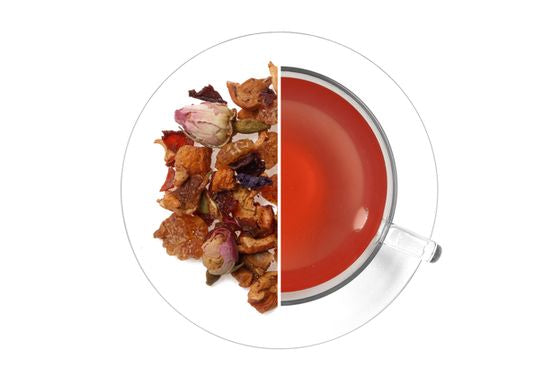
Coffee Dripper


In recent years, filter coffee as a beverage has also come a long way to regain its former fame. Less and less often, visitors order Americano, which was prepared using hot water from an espresso machine. And the barista no longer has an urgent need to offer an alternative when preparing a pour-over with a glass. In America, this experience has long passed coffee houses, and not only. We all remember very well the footage of Hollywood films: where, in a diner on the road, visitors were poured black coffee beans from a familiar glass server. The presence of a filter coffee or (as it is commonly called in some places) freshly brewed coffee on the menu shows that this drink is taken more or less seriously here. A good filter cup will always be sweet, complex, and clean. Descriptors that speak about the origin of freshly roasted grain are clearly felt in it. In espresso, these notes can be drowned out by the characteristic density or presented differently. As for manual methods of brewing black coffee, they do not always give a stable result and take more time. But the exclusivity of such methods does its job, and it is definitely not worth “writing them off”.
Modern filter machines are fast, reliable and require very few steps, even for an inexperienced person. However, many cafe and coffee shop owners are in no rush to add a “coffee filter” to their menus. Yes, this eliminates the presentation of the cup as it would be with an alternative brew, but it can also become very costly if more than two cups are to be prepared. Now we will look at the benefits of a coffee filter, describe the basic recipe and give advice on how to choose the right filter machine.
Filter machines are a faster, easier and more reliable way to sell delicious coffee with less raw material and labor costs than espresso machines and the alternative.
The first thing to consider is the size of the desired filter machine, namely its maximum output (based on the capacity of the thermos or server). Take into account the number of cups of coffee you plan to sell at a coffee shop or drink at breakfast. If your coffee machine is too small, you will have to constantly brew new portions to keep up with demand. For coffee shops and restaurants, this is not the best option, but for home use it is very even. If the coffee maker with the server / thermos is too large, then the coffee beans may linger for a long time before being consumed. Ideally, you should use the entire volume of coffee prepared at a time within 2 hours.
You will also need a coffee grinder with grindstones suitable for filter grinding. It can be either a manual or an electric coffee grinder. The main thing is the absence of small fractions after grinding. They make the cup less clean and affect the richness of the flavor.
Finally, you will need clean drinking water. You can find more information about why you shouldn't use tap water in the article “Finding the perfect water” on our website.
The process of making a filter is a lot like making an espresso. Through trial and error, under-extraction or over-extraction, you will arrive at the perfect result. The only differences are in the variables to work with and the amount of coffee spent. Variables that you can influence are the proportions of water and coffee, the grind of the beans. On some filter machines, you can change the time and flow rate of water and even the temperature. Temperature control is most often found only on more professional devices (permissible value: 93-96 ° C). And in household coffee makers, you only control the proportion and grind. But this is an even more important parameter for good extraction than temperature.
Basic recipe:
Let's go back to the grind. Unfortunately, there is no exact figure for the required grinding fractions, but there is a general rule that the maximum infusion time should be between 5:30 and 6:30 minutes. We advise you to start immediately with a coarser grind and reduce it if necessary.
Solutions for problems:
- The drink is watery and slightly saturated - increase the volume of coffee (for example 63g / 1l);
- The drink is too oversaturated and dense - reduce the coffee volume (e.g. 57g / 1l);
- Over-extraction taste (bitter, dry, astringent) - this means you need to increase the grind;
- Under-extraction taste (too acidic, no sweetness) - it means you need to reduce the grind;















